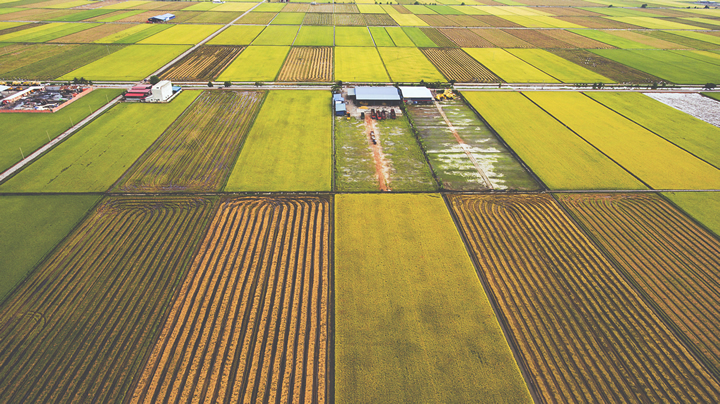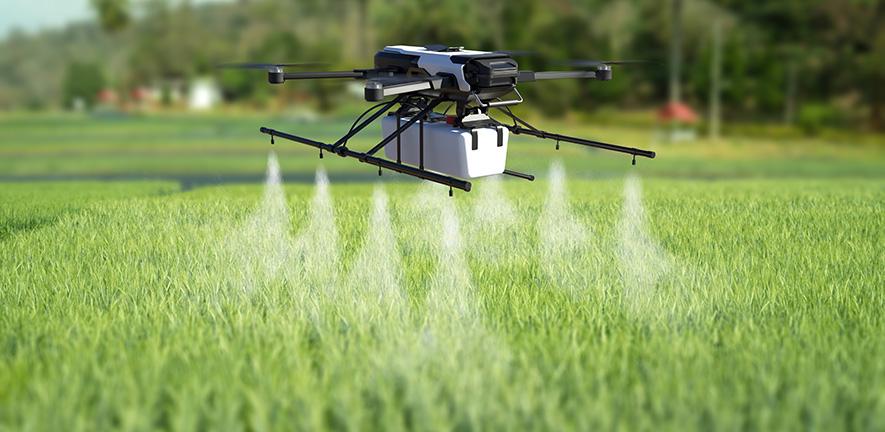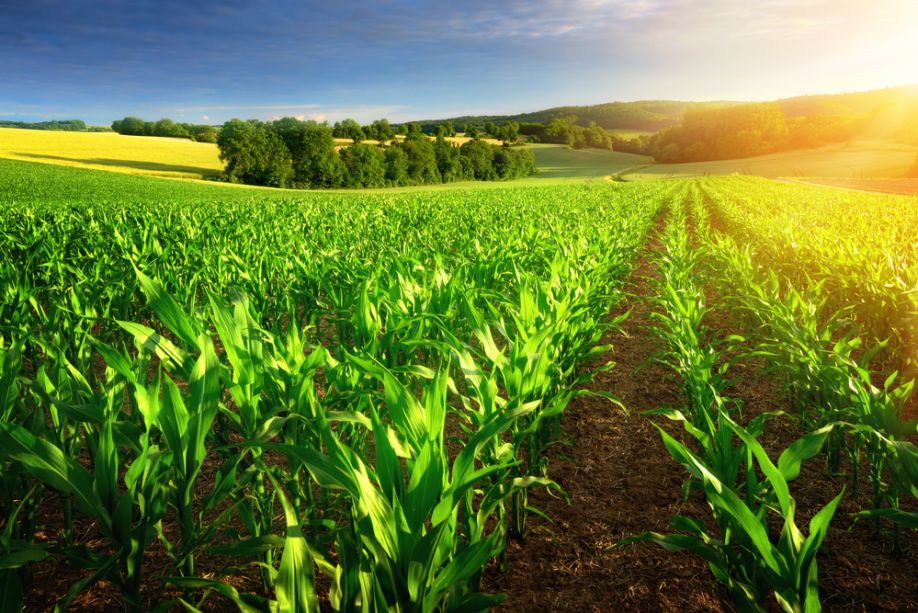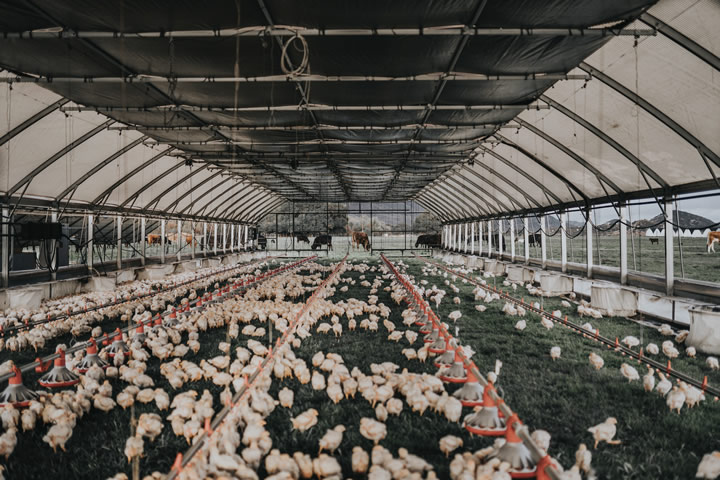Decreasing Soil Tillage May Reduce Carbon Release
Decreasing soil tillage can reduce carbon emissions. Reducing these greenhouse gas emissions in agriculture can help combat climate change and lead to a more sustainable agricultural system - and ultimately a more sustainable environment.
Vertical Distribution of Growing Plants Results in Less Land and Soil Used
Using a close looped water recycling system, Kalera uses an estimated 95% less water than traditional field farming. This is especially important for the western parts of the United States
How Fiber Optics Supports Agriculture
As farms across the country embrace new technology, fiber optic connections could become a crucial stepping stone to digital transformation and precision agriculture. Here's how.
AgriCapture doubles Soil Enrichment Project; Expands to over 110,000 acres of regenerative farmland
AgriCapture is expanding its growing Soil Enrichment Project to enable more farmers to receive premium payments for their climate-friendly practices. Since its launch, the project has more than doubled in size, with over 110,000 acres of regenerative farmland enrolled.
The Potential for Using Smartphones for Soil Nutrient Testing
Healthy soil functions as a living organism and is incredibly complex. Details like soil pH, moisture content and mycorrhizae levels affect how plants grow. Many farmers use soil tests to help them understand what's going on underground and supplement their crops.
What Technology is Needed to Properly Develop and Maintain Soil Health
At its best, soil is an ecosystem filled with fungi, healthy bacteria and organic matter. Healthy soil protects plants from pests, reduces weed growth and sustains healthy crops year after year.
Case Study from Biome Makers: Biological Input Analysis
Rogitex inc. wanted to verify the effects of their agricultural ag input, Humic Land, on bell pepper on yields during a winter crop. Humic Land is a highly water-soluble organic soil amendment containing high Humic Acids and Fulvic Acids.
Risks of using AI to grow our food are substantial and must not be ignored, warn researchers
AI is on the cusp of driving an agricultural revolution, and helping confront the challenge of feeding our growing global population in a sustainable way. But researchers warn that using new AI technologies at scale holds huge risks that are not being considered.
Soli Organic™ to Build First Soil-Based Organic Indoor Farm in Seattle Area
The Company's proprietary soil-based farming system enables it to completely eliminate climate-damaging synthetic fertilizers. New farm is the ninth of a planned 15 facilities in strategic locations across the country
Black Gold is Worth the Wait: A Soil Health Mindset
Cover crops. No-till. Biological diversity. Microbial health. You've heard it all before. The techniques and principles of good soil health practices are well known but not widely adopted. Why?
Implementing Erosion Control Strategies on Modern Job Sites: 5 Critical Considerations
The world loses 24 billion tons of fertile land every year, for which erosion is responsible for a considerable portion. Farmers and other professionals that disrupt the landscape, like construction teams, must do what they can to stop this trend.
Perdue Farms Expands Pasture-Raised Chicken Program, Unique Raising Practice Yields Increased Nutrient Density and Regenerative Environmental Benefits
From an environmental perspective, moving the chickens to fresh pasture every day returns important benefits to the land including increasing soil organic matter, sequestering atmospheric carbon into the soil, and improving the soil's water-holding capacity.
Does Biochar Have a Future in Agriculture?
Although there are some excellent ideas to sequester carbon, one method may prove more effective than others. It's time to take a closer look at biochar and its potential future in agriculture.
EarthOptics Raises $10.3 million in Series A Funding, Led by Leaps by Bayer, to Accelerate Carbon Mapping
Investment to help accelerate roll-out of soil mapping and machine learning technologies for most accurate soil carbon content and compaction readings
The Use of Biostimulants for Enhancing Soil Nutrient Content
Biostimulants are substances or micro-organisms, which, when applied to seeds, plants, rhizosphere in specific formulations, are capable of making changes in physiological processes in plants and benefit the plants by boosting growth and increasing nutrient content.
Records 1 to 15 of 26
Featured Product

Cartesian robots with the right design upgrades can take over manual transfer operations with ease
Manufacturing and packaging operations that still depend on manual material or parts handling operations can reap immediate benefits from a type of automation based on long-travel Cartesian robots with custom end-of-arm tooling (EOAT) and advanced sensing capabilities. These robots can support a variety of machines - performing otherwise manual tasks such as machine tending or transferring in-process parts - making long-travel Cartesian transfer robots a major upgrade to processes and operations. Download the White Paper from Bell-Everman



.jpg)

.jpg)
.jpg)









